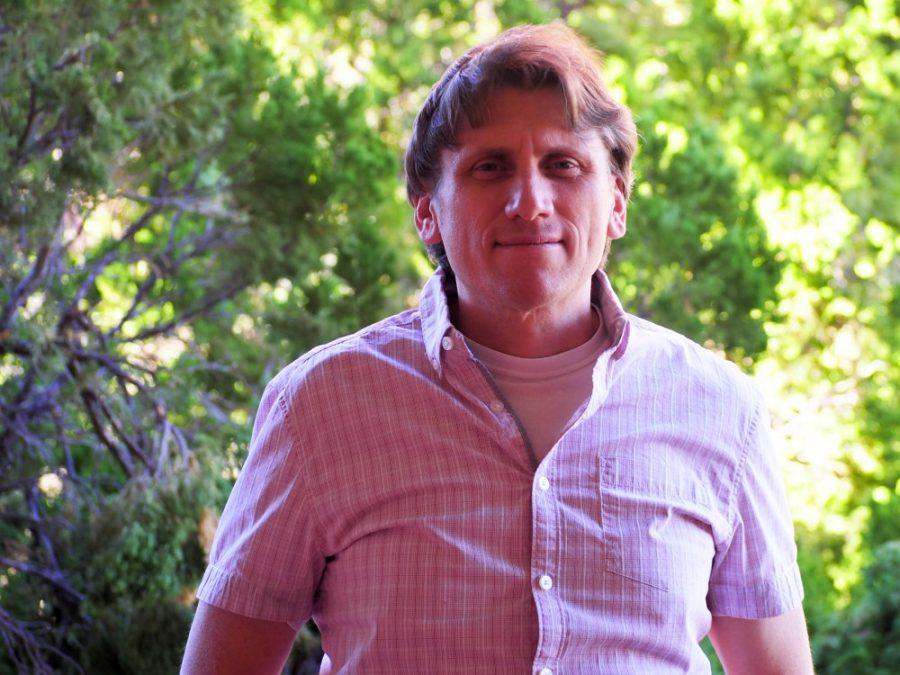It’s finally November—the time of year for cozy sweaters, hot cocoa, fall foliage and frosty mornings. But with Tucson temperatures notably higher than average in recent weeks, people may be finding it hard to get into the holiday spirit.
According to the Southwest Climate Change Assessment Report, temperatures on the Earth’s surface in the Southwest are predicted to rise 4 degrees above the 1971-2000 average by the year 2100.
“If we look at trends in the observed climate over the past 50-60 years, the Southwest United States is one of those regions having the greatest amount of warming over time,” said Dr. Christopher Castro, an associate professor in the Department of Hydrology and Atmospheric Sciences. “We are a hot spot for warming and that warming tends to be maximized in the late spring to early summer.”
RELATED: Great Barrier Reef: dead, dying, or still vibrant?
Unfortunately, these rising temperatures have far greater effects than just downing your hopes for a white Christmas. A recent study led by John Wiens, a professor in the Department of Ecology and Evolutionary Biology, looked at the effects of climate change on the rates of change in grasses. The rate of niche change, such as average temperatures in the summer, historically has tended to change very slowly, Wiens said. And by very slowly, Wiens means a few degrees per million years—a long enough time frame to allow the grasses to adapt.
By studying hundreds of grass species and comparing how they’ve changed in the past, Wiens and his team concluded that, at present, native grasses are adapting much slower than the current pace of climate change.
The climatic niche is the set of precipitation and temperature conditions where a species lives, Wiens said. If these change too much or too quickly, the species may not be able to survive in that niche anymore. And according to Castro, the current projections of global climate models is that climate in the Southwest will get warmer and drier into the future.
Castro said an increase in temperature can cause the snow to melt earlier, change the peak of the stream flow, increase evaporation and cause stress for ecosystems, agriculture and human health.
Unfortunately, this is bad news for native grass species as well.
RELATED: 400 parts per million: We’ve reached a climate change ‘tipping point’
Half of the calories humans consume comes from grasses such as wheat, rice and corn, Wiens said. This holds especially true in developing countries where people rely on their crops—and consequently, the climate—for sustenance. Global crop failure could lead to famines, which in turn would exacerbate the migration crisis and could potentially cause even more wars.
Not only that, but cereal crops also provide the majority of feed for our meat livestock. While we in the U.S. might be able to use tools like irrigation to mitigate the effects of climate change, developing countries are literally left high and dry when climate changes drastically, Wiens said.
If the predictions made by the Southwest Climate Change Assessment are correct, then grass species may not be able to adjust their niches fast enough, putting them at risk for local extinction.
Wiens is already beginning to see changes in plant species.
“If you’ve ever been up to Mount Lemmon, you can see the vegetation is changing,” Wiens said. “You start out with desert, which goes to grassland, then oak forest and, eventually, pine forest. So these changes happen at specific elevations and what people have observed, including people at the UA, is that these variations in vegetation are already shifting upwards, just over the course of decades.”
At this point, most scientists agree that we are practically locked in for climate change in the upcoming years, Wiens said. However, there are some things you can do to prevent creating more greenhouse gases in the atmosphere. Try riding a bike or walking to school instead of driving your car. With the weather being as warm as it is, there’s no excuse for not spending time outdoors.
According to Castro, climate change is recognized as a priority issue and is currently being heavily researched at the UA.
“This is a really big issue for the Southwest,” Castro said. “The Department of Geosciences and the Institute of the Environment is very much focused on this issue. There are entire research entities that are specifically devoted toward the subject of climate and climate change.”
Follow Hannah Dahl on Twitter.









